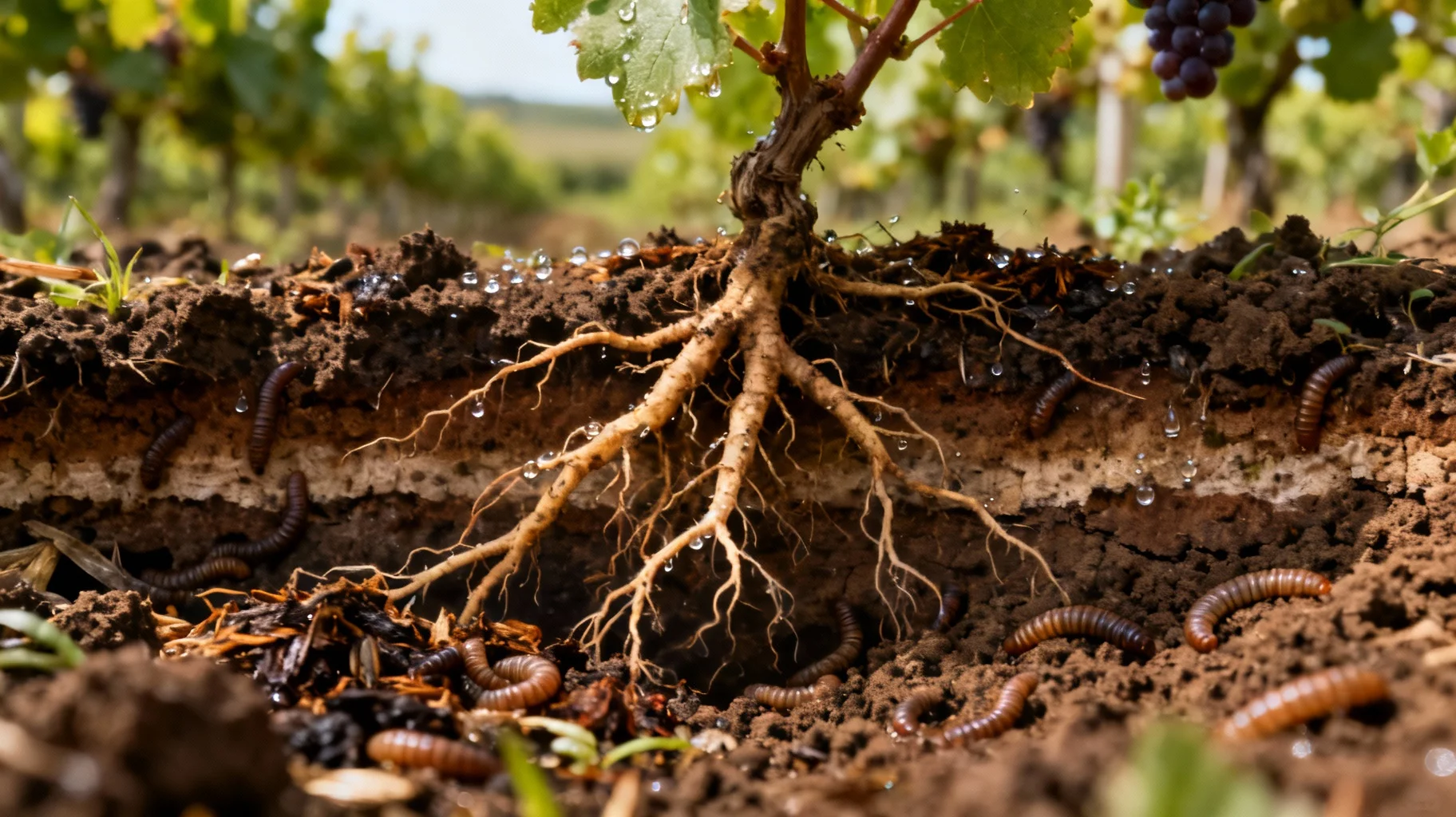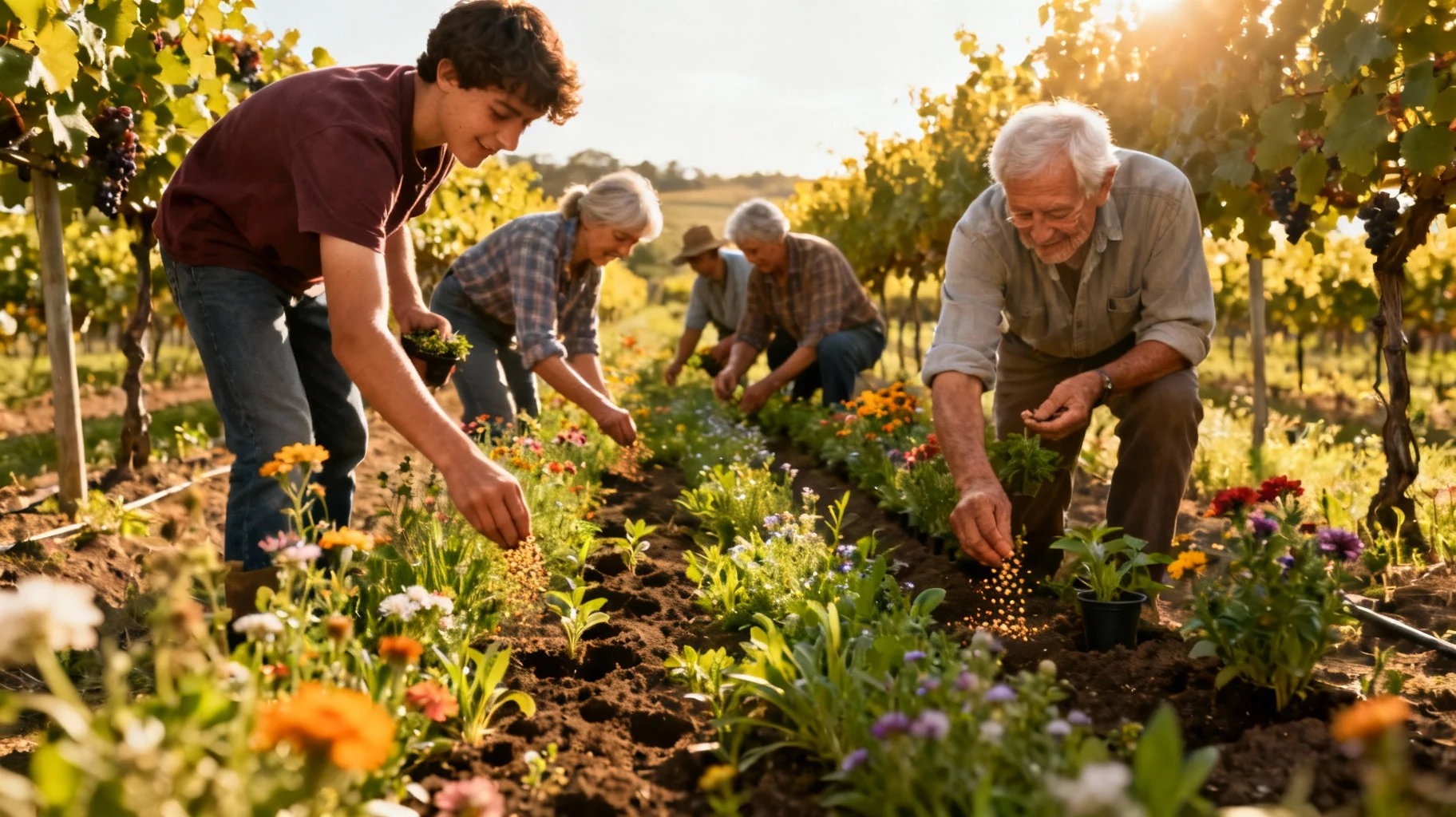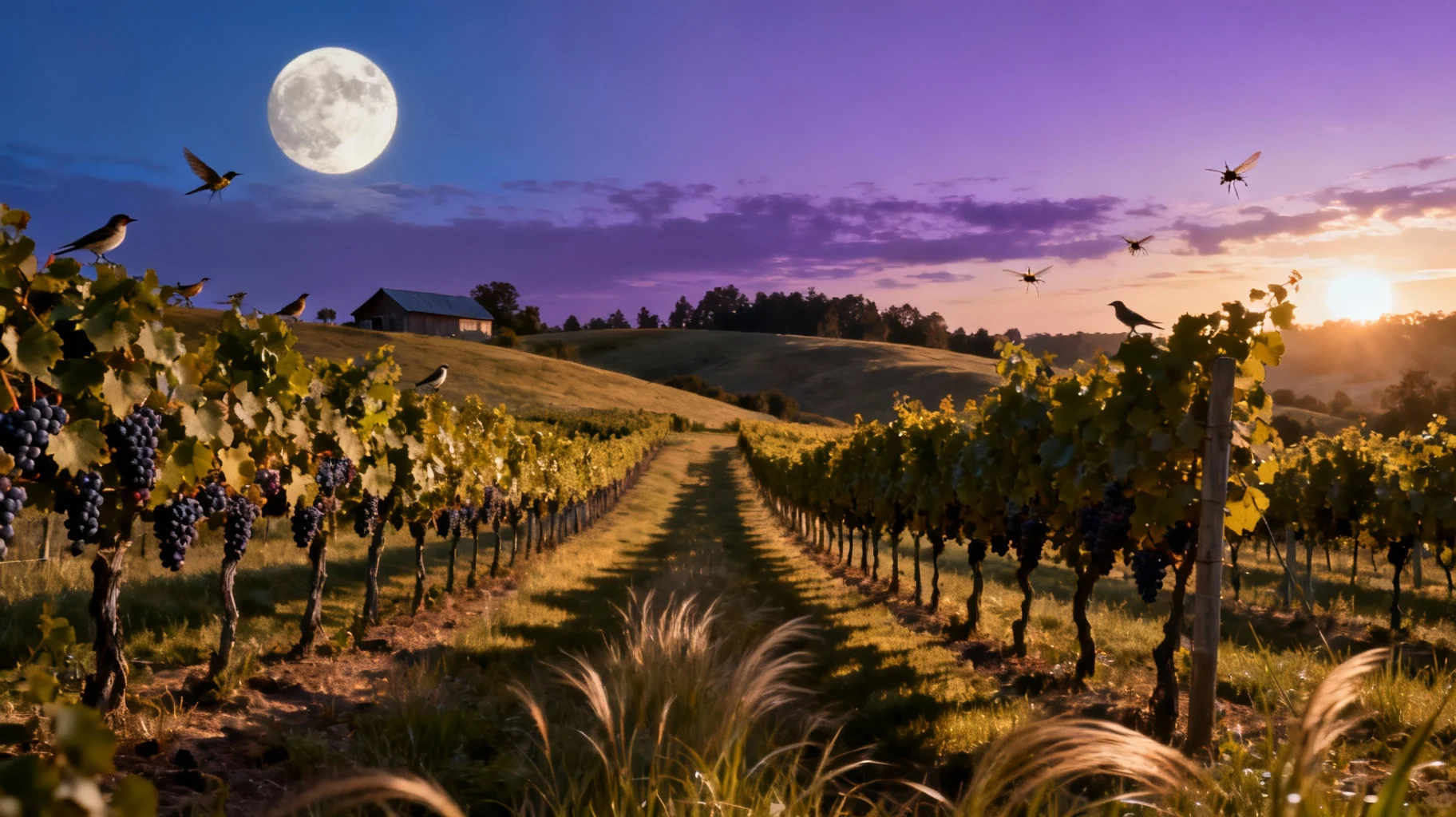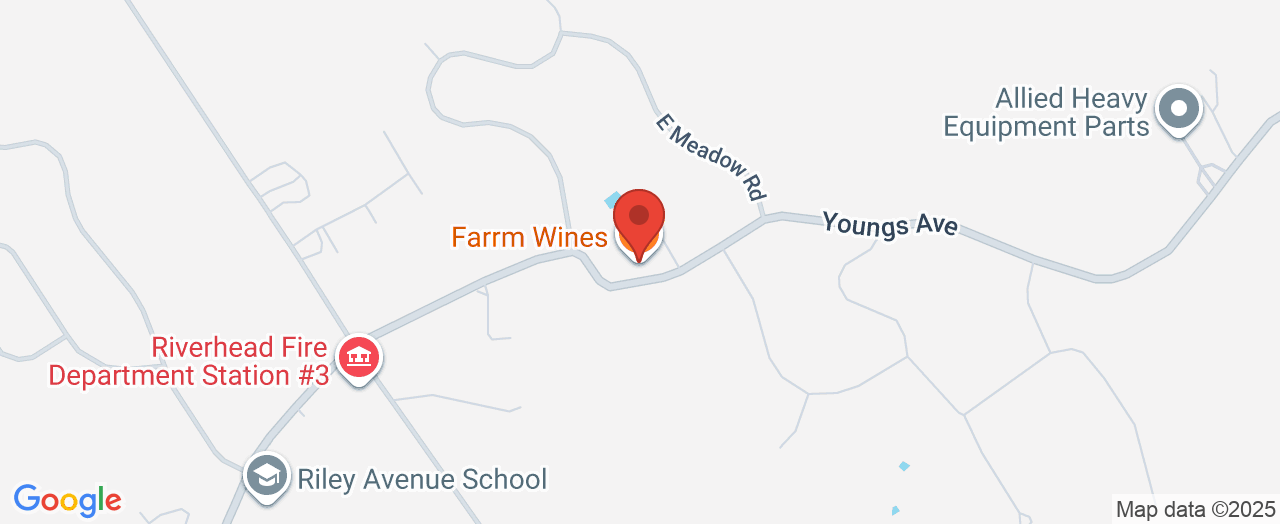What If Farming Could Heal the Land? Biodynamic Farming’s Revolutionary Promise
Imagine a farm where every plant, animal, and handful of soil is part of a living, breathing ecosystem—a place where agriculture is a force for healing, not harm. As concerns over chemical use and food quality intensify, more people seek answers outside conventional farming. Enter the world of biodynamic farming: a system so holistic, it challenges everything we think about how food is grown. From regeneration of the soil to the rhythms of moon and seasons, biodynamic farming invites us to question: Can we make farming not just sustainable, but truly restorative?
Biodynamic farming, often described as “organic plus,” is more than just a set of agricultural practices—it’s a philosophy rooted in harmony between nature and human activity. The demand for food that’s both delicious and ethically grown keeps rising, yet the average consumer may be surprised to learn how deep the divide runs between conventional, organic, and biodynamic approaches. Critics say it’s mystical, back-to-the-landers insist it’s revolutionary, and a growing number of vineyards and farms stake their reputation on its principles. This article explores why biodynamic farming is garnering passionate followers, its distinct advantages, and what it could mean for the future of your plate.

Beyond Organic: Why Biodynamic Farming Is Transforming Agriculture’s Future
Biodynamic farming is often misunderstood as simply the next logical step up from organic farming. While both prioritize the avoidance of synthetic chemicals, pesticides, and industrial fertilizers, biodynamic agriculture goes further—reimagining the farm as a self-sustaining whole where every element has a role, from the grapevine to the compost pile. Central to biodynamics is the idea that soil vitality, plant health, and cosmic rhythms are interconnected. By integrating cycles of planting and harvesting with lunar and planetary movements, and emphasizing biodiversity, biodynamic farming aims to create not just healthy crops, but also richer, living soil and a balanced ecosystem.
Yet, the consequences of misunderstanding or minimizing this approach run deep. Overlooking the principles of biodynamic farming can mean missing out on more than superior sustainability; it can block access to agricultural methods that have been shown to enhance crop resilience, natural fertility, and even flavor complexity—key factors for winemakers, growers, and conscious consumers. When agricultural practices are reduced to isolated, chemical-based interventions, the long-term health of the land and the nutritional density of food may suffer as a result. Recognizing what sets biodynamic farming apart is crucial for anyone seeking a future where agriculture and the environment can thrive side by side.

How Biodynamic Farming Delivers Healthier Soil, Better Food, and a Greener Tomorrow
As one of the earliest adopters of biodynamic methods on Long Island, Farrm Wines brings unique perspective to the real-world benefits of this approach in modern agriculture. The vineyard’s commitment began in 1995—not simply for certification’s sake, but as a deliberate step toward nurturing land resilience and vineyard longevity. The difference is evident in the vineyard’s four varieties of red grapes, each cultivated in soil that is treated as a complex living organism. Biodynamic farming’s closed-loop fertility system, which minimizes the need for external inputs while optimizing nutrients already available, ensures that soil health is constantly renewed, not depleted season after season.
One outstanding result is food and wine that reflect their true terroir. Without the adulteration of synthetic additives, the grapes grown biodynamically at Farrm Wines yield wines that are clean, expressive, and, above all, unique. For consumers, this means more authentic flavors and peace of mind about chemical exposure. For the planet, biodynamic practices support biodiversity, encourage beneficial insects, and draw down carbon through organic matter—key factors in fighting climate change. In communities where biodynamic farming is embraced, it’s common to see not only healthier crops but also a resurgence of native flora and fauna. The legacy of these choices goes far beyond the harvest; it’s about building an agriculture that restores and sustains for generations to come.

From Pioneering Practice to Local Legacy: Biodynamic Agriculture’s Roots on Long Island
The evolution of biodynamic farming is not a recent trend, but its impact on places like Long Island has been transformative. Farrm Wines began as the region’s first certified organic farm in 1990, and just five years later, it adopted biodynamic methods that would shape its destiny—and that of the North Fork’s wine culture. Setting aside acreage for preservation and planting with long-term soil health in mind, the vineyard’s journey illustrates how dedicated stewardship can safeguard both crop quality and landscapes under pressure from modern agribusiness.
Biodynamic farming on Long Island offers a living example of how a holistic, regenerative ethos can support both biodiversity and regional identity. The decision to embed biodiversity and preservation in vineyard management ensures more than just beautiful grapes—it supports resilient agriculture in the face of climate uncertainty and ecological decline. This approach has inspired both local farmers and visiting enthusiasts who seek out cleaner, more mindful alternatives to conventional produce and wine.
The Subtle Science Behind Biodynamics: Why Details Matter in Every Glass
Every successful harvest is the sum of countless decisions and details, many of which go unseen to the casual observer. In biodynamic farming, even those details—down to the phases of the moon and the timing of compost application—are carefully considered as part of an interconnected system. The result is not only a stable ecosystem but a consistently high-quality yield, which is especially critical in wine production, where small shifts in soil and vine health create noticeable changes in taste.

Such attention to complexity demands more knowledge and intentionality from growers—and, in return, rewards consumers with products that tell a richer story. For anyone eager to experience what “clean” food and drink can taste like, understanding biodynamic farming is a powerful first step. The ripple effects impact everything from the nutritional density of the grapes to the health of pollinators and wildlife, while giving communities a reason to value local, sustainable agriculture.
Connecting Past and Future: Why Biodynamic Farming Resonates Across Generations
Embracing biodynamic farming is as much about philosophy as practicality. It recognizes that the health of the land and food systems is inextricably linked to the methods used over time. Practices like cover cropping, crop rotation, and animal integration are more than trends—they are time-honored techniques that improve soil and strengthen the delicate bonds between plants and people. In modernity, implementing these strategies is an act of stewardship, not nostalgia—a belief that the next generation deserves to inherit soils, landscapes, and a food culture more resilient than the last.
With pressing concerns about climate change, resource depletion, and public health, the relevance of biodynamic farming has only grown. It offers a blueprint for revitalizing food systems that feed both body and spirit. As more farmers, vintners, and consumers learn about biodynamics’ emphasis on closed-loop systems and ecological wisdom, the potential for positive change multiplies.
Farrm Wines’ Vision of Regenerative Agriculture: Biodynamics as a Pathway, Not a Trend
At Farrm Wines, the philosophy underpinning each decision traces back to the conviction that the earth should be treated as a living entity—it’s not just about growing grapes but restoring the entire vineyard ecosystem. The early adoption of biodynamic methods was motivated by long-term thinking: prioritizing preservation, soil health, and the well-being of local biodiversity. This has led to a steadfast commitment to farming as a regenerative process, supported by the preservation of land and the continuous integration of sustainable practices.
The mission is simple, yet profound: to produce wines and crops in a way that honors both natural cycles and community needs. Biodynamic farming at Farrm Wines is not an end unto itself but a means to cultivate better food, a healthier ecosystem, and a deeper sense of place for everyone who shares in the harvest. This approach reflects a growing understanding in agriculture—that the rewards of investing in nature’s abundance far outweigh the costs of short-term convenience. With each season, this vineyard continues to demonstrate that stewardship, innovation, and respect for ancient wisdom can coexist—and even flourish—in today’s agricultural landscape.
When Experience Speaks: A Visitor’s Perspective on Biodynamic Farming in Action
Sometimes, the real magic of biodynamic farming is best captured through the eyes of those who visit, taste, and see it at work. Guests often report a deeper connection to the land when given the opportunity to explore a biodynamic vineyard—tasting, touching, and learning about each phase in the journey from soil to glass. It is these moments of discovery that affirm the difference and value in such a thoughtful approach to agriculture.
This place was amazing. The owners Rex and Connie were so inviting and we learned so much about Biodynamic farming. The choice of wines is small but they all were so wonderful. Rex took us in his truck on a tour of the vineyard. Absolutely a must. I got to pick some grapes and taste the different varietials. I learned so much and am thankful for Rex and Connie's hospitality.
For those on the fence about the significance of biodynamic farming or what it can offer, firsthand experiences like these reveal the tangible results: wine that expresses its origins, education that deepens appreciation, and a sense of gratitude for those who steward the land with care. Visitors consistently find that seeing biodynamic farming up close makes it clear—this is more than a method. It’s a difference you can taste and a practice you can feel proud to support.
Is Biodynamic Farming the Sustainable Revolution We’ve Been Searching For?
At a time when the world seeks alternatives to extractive and chemical-heavy agriculture, biodynamic farming offers a proven, deeply rooted, and wholly holistic solution. The integration of closed nutrient cycles, preservation efforts, and restoration of ecosystems sets biodynamic agriculture apart as a model for those who want to do more than just “go organic.” The example set by pioneers such as Farrm Wines has shifted the regional conversation around land stewardship and product quality—making the case that the most delicious results often come from the most intentional methods. If the future of food is to be both sustainable and sensorially rich, biodynamic farming stands out as a movement worthy of attention, investment, and enthusiastic participation.
With each season, the evidence mounts: food and wine raised in harmony with natural rhythms are not only better for the environment, but also for the communities that enjoy the bounty. Biodynamic farming is no longer an experimental outlier; it’s a living testimony to what is possible when long-term thinking guides our stewardship of the earth.
Contact the Experts at Farrm Wines
If you’d like to learn more about how biodynamic farming could benefit your agricultural or wine interests, contact the team at Farrm Wines.
📍 Address: 156 Youngs Ave, Baiting Hollow, NY 11933, USA
📞 Phone: +1 631-369-8237
🌐 Website: https://farrmwine.com/
Farrm Wines Location and Hours of Operation
🕒 Hours of Operation:
📅 Monday: ❌ Closed
📅 Tuesday: ❌ Closed
📅 Wednesday: ❌ Closed
📅 Thursday: 12:00 – 5:00 PM
📅 Friday: 12:00 – 5:00 PM
📅 Saturday: 12:00 – 5:00 PM
📅 Sunday: 12:00 – 5:00 PM

 Add Row
Add Row  Add
Add 





Write A Comment